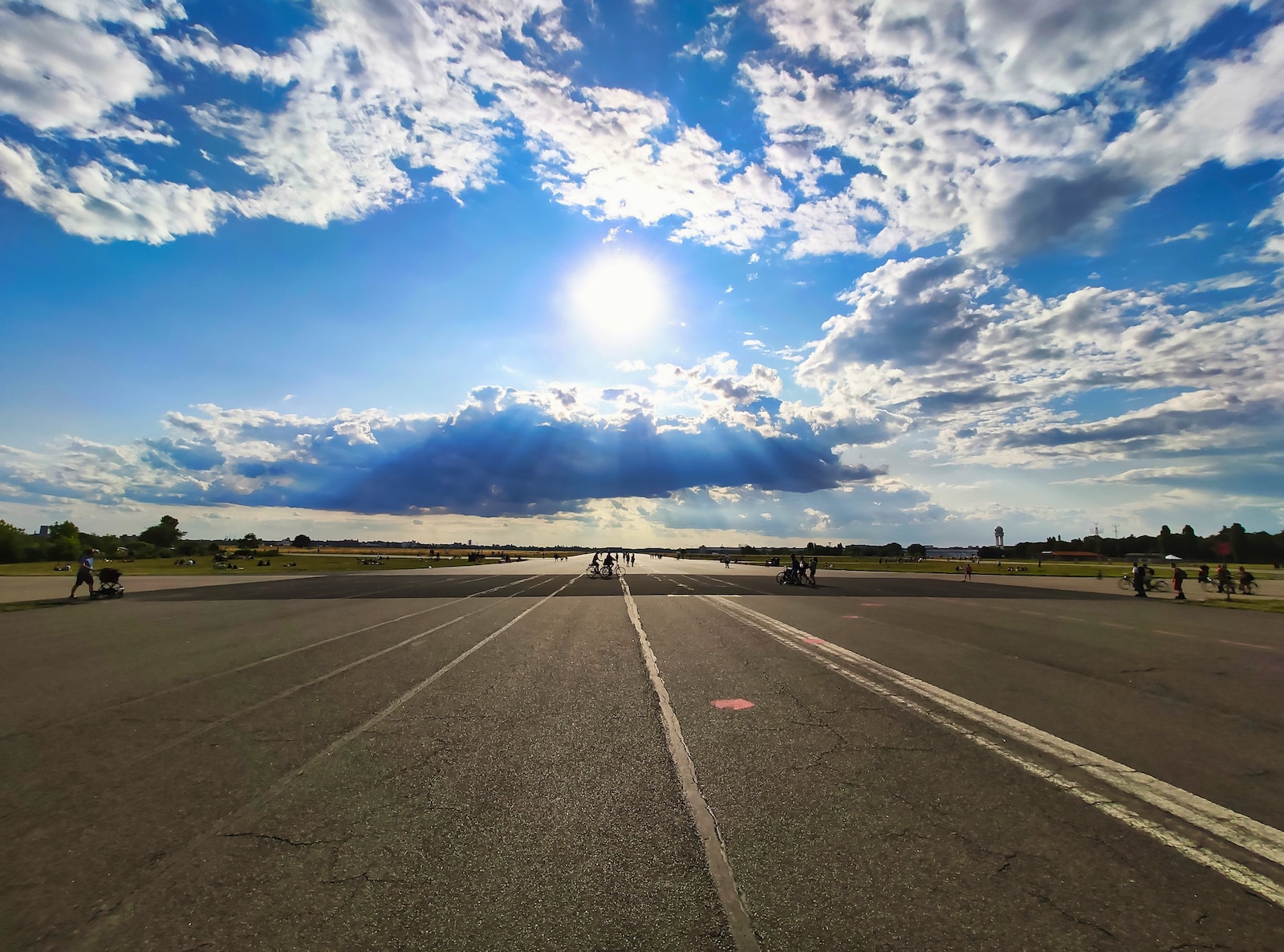
Tempelhof: Berlin’s Former Airport Sparks Imagination for Redevelopment
Since the closure of Berlin Tempelhof Airport on October 30, 2008, the future of the approximately 300-hectare Tempelhofer Feld has been a topic of debate. In a public referendum seven years ago, two-thirds of Berliners voted against any construction on the site, affirming the desire to maintain it as an urban open space for recreational activities. However, political parties, urban planners, and citizen initiatives have continued to challenge this decision, with calls for redevelopment gaining momentum.
The Social Democratic Party (SPD), Christian Democratic Union (CDU), and Free Democratic Party (FDP) have expressed their support for construction on selected peripheral areas of Tempelhofer Feld. Addressing the pressing housing shortage and upcoming local elections, the SPD has revisited the topic in their party program draft, which will be voted upon during the party conference on April 24, 2021.
While the final decision rests with the people of Berlin, the SPD has indicated their openness to a second referendum. If there is a majority in favor of development on the outskirts of the field, the SPD proposes that the land be exclusively used for housing by state-owned housing companies and cooperatives.
Among the various proposals that have been discussed over the past 13 years, some notable ideas stand out:
- “The Berg”: Architect Jakob Tigges submitted a humorous proposal in 2009, suggesting the construction of an artificial mountain called “The Berg.” This mountain, complete with two peaks and a cable car running from the former airport building, aimed to challenge conventional thinking about the site’s design.
- Tempelhofer See (Tempelhof Lake): In 2010, the “Initiative Tempelhofer See” proposed transforming the former airport into a lake spanning 180 hectares with a depth of six meters. A central island would feature a wind turbine symbolizing future energy policies. Although the Senate did not endorse this grand vision, plans for a smaller water basin were developed. However, these plans were eventually halted due to legal violations.
- Educational Institution: Former Berlin Mayor Klaus Wowereit envisioned constructing a new central state library on Tempelhofer Feld. The project, with an estimated cost of 300 million euros, faced opposition but proceeded to a design competition. However, the successful referendum in 2014 derailed these plans.
- Refugee Accommodation: In November 2015, the Berlin House of Representatives decided to build the largest refugee accommodation in Germany on the outskirts of Tempelhofer Feld. While the plans were modified, leading to the construction of a container village, the site ultimately served as temporary housing for up to 1,700 refugees.
- Various Ideas: Over the years, a range of imaginative suggestions were proposed, including an electronic music center, an eco-sauna, and a laser tag center in the catacombs. Additionally, there were proposals for the construction of a new Hertha BSC stadium and the straightforward option of housing development, advocated by political parties such as the CDU, FDP, and SPD.
Tempelhofer Feld has become a symbol of the intersection between nature, recreation, and urban development. While numerous ideas have been put forward, the fate of the site remains uncertain. The possibility of a second referendum and ongoing discussions among politicians and citizens ensure that the future of Tempelhofer Feld will continue to be a topic of interest and debate.



